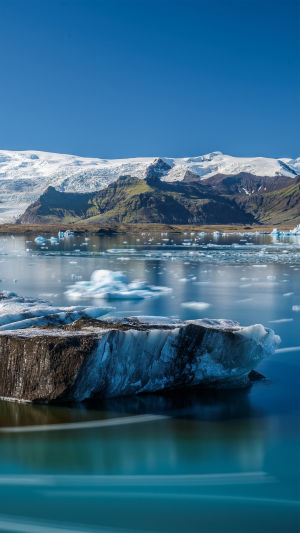Global warming is a nature-related phenomenon caused by the accumulation of the greenhouse effect, which leads to an imbalance between the energy absorbed and emitted by the earth's air system.
And the accumulation of energy in the earth's air system, leads to an increase in temperature, resulting in global warming.
As people burn fossil fuels, such as oil and coal, or cut down forests and burn them, large amounts of carbon dioxide are produced.
These greenhouse gases are highly transmissive to visible light from the sun and highly absorbent to long-wave radiation emitted from the earth, strongly absorbing infrared light from terrestrial radiation and causing the earth's temperature to rise, which is the greenhouse effect.
Global warming will cause a global redistribution of precipitation, melting of glaciers and permafrost, and rising sea level, which not only endangers the balance of natural ecosystems but also affects human health and even threatens the survival of human beings.
On the other hand, due to land-based greenhouse gas emissions causing the continental temperature to rise.
The temperature difference with the ocean becomes smaller, which in turn causes the airflow to slow down and the haze cannot be blown away for a short period of time, resulting in more hazy weather in many cities and affecting human health.
Measures such as car restrictions and production moratoriums have only short-term and local effects, and cannot fundamentally change climate warming and haze pollution.
Glaciers have evolved over millions of years to stand at the top of the extreme cold. Usually, the movement of glaciers is extremely slow, moving only 2-3 cm a day, so the eye can not observe its changes.
However, scientists have recently discovered a strange sign: the movement of glaciers is accelerating dramatically, what does this mean?
Global warming is already having a dramatic impact on the planet, and rising global sea levels will be fatal to human survival, forcing scientists to rethink glacier construction, movement patterns, and the link to global warming.
Scientists warn that more and more people are being threatened by floods caused by glacial lake outbursts.
The British newspaper "The Guardian" reported on May 2 that as global warming occurs, glacial meltwater collects and forms lakes. Since the 1990s, the volume, area, and the number of global glacial lakes have increased by 50%.
When these lakes become too large, they may break or overflow, releasing large amounts of water and triggering catastrophic floods.
Scientists predict that the increase in glacial lake outburst floods will begin in the coming decades and continue through the early 22nd century.
Vulnerable countries with populations and infrastructure at risk of flooding are now scrambling to invest in disaster prevention to avoid catastrophic consequences in the event of a flash flood.





